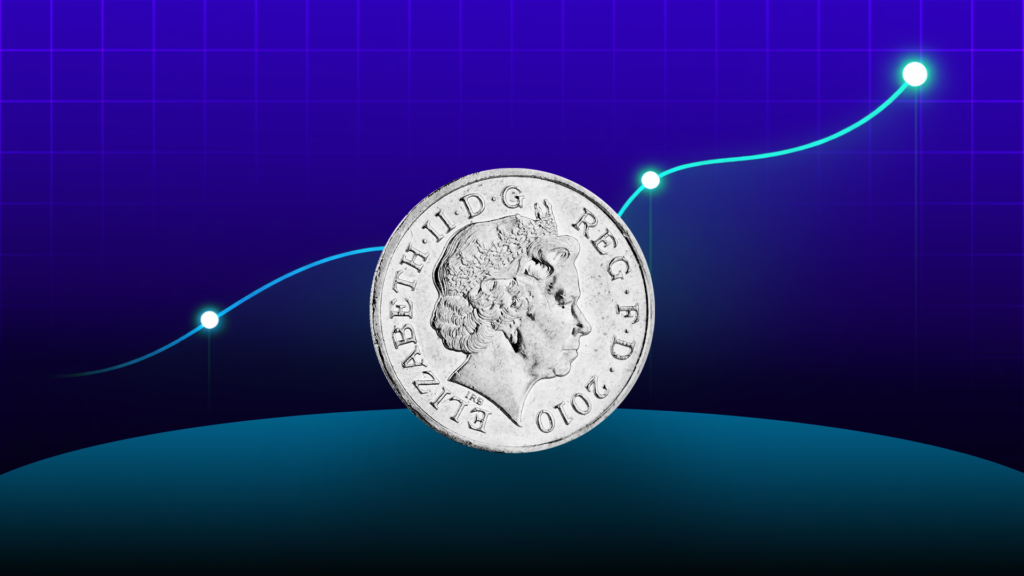What are metals?
Metals are a category of chemical elements that share certain chemical properties and, for the most part, certain physical properties as well. As commodities, they are usually classified into two main groups: precious metals and non-precious (or base) metals. This article will focus on base metals, and will use ‘metals’ and ‘base metals’ interchangeably.
Metals have widespread industrial application, and are used in sectors such as construction, automobile manufacturing, and machinery production.
What are some examples of base metals?
Iron, copper, nickel, zinc, aluminium, tin, tungsten, and lead are a few examples of base metals.
What factors influence the prices of metals?
The prices of metals are sensitive to several rapidly changing factors that impact their supply and demand. These factors include:
- Economic conditions
In periods of economic growth, there is an increased demand for metals due to greater activity in industries such as construction and manufacturing. The reverse happens during an economic slowdown.
- Mining costs
Metals are extracted through mining, and hence the cost of mining and processing metals (labour, energy, etc.) has a direct impact on metal prices.
- Geopolitical factors
Geopolitical factors such as wars and trade disputes can lead to higher metal prices due to sanctions and more expensive exports. For instance, the Russia-Ukraine war led to an increase in the prices of nickel and aluminium.
Price chart for the Invesco DB Base Metals Fund, the biggest metals ETF by assets, from March 2019 to March 2023 (Chart courtesy of StockCharts.com)
Why metals?
Metals are traded as commodities, i.e. resources with economic value that are often used as raw materials for manufacturing other goods or services.
Metals provide opportunities for short-term gains and speculation, because their prices are highly volatile. Investors also tend to invest in them when they expect increased demand from certain sectors. For instance, the demand for copper and nickel is expected to surge in the coming years due to their use in electric vehicles.
Moreover, metals and mining company stocks have their own distinct performance profiles, which means that they enable sector-based portfolio diversification.
Lastly, rising metal prices can raise the prices of metal products as well, which can be a key inflationary factor. Thus, investing in metals can also serve as a hedge against inflation.
A shiny and solid asset class
Thus, to sum up, the metals sector can be an attractive investment if you’re looking to diversify your portfolio and hedge it against inflation.
To invest in metallurgical and mining companies in the US, get started with the best trading app – Appreciate now!























